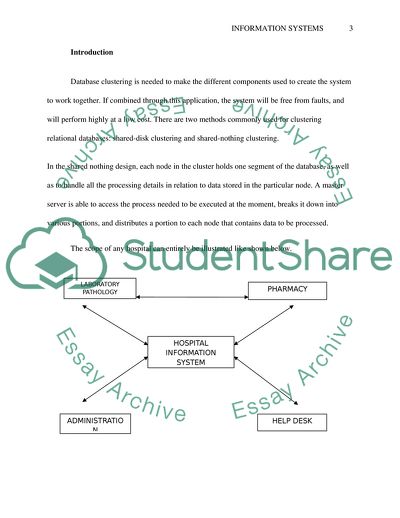Cite this document
(Studying at Masters Level and Research Methods Assignment Example | Topics and Well Written Essays - 3750 words, n.d.)
Studying at Masters Level and Research Methods Assignment Example | Topics and Well Written Essays - 3750 words. https://studentshare.org/information-technology/1762025-studying-at-masters-level-research-methods
Studying at Masters Level and Research Methods Assignment Example | Topics and Well Written Essays - 3750 words. https://studentshare.org/information-technology/1762025-studying-at-masters-level-research-methods
(Studying at Masters Level and Research Methods Assignment Example | Topics and Well Written Essays - 3750 Words)
Studying at Masters Level and Research Methods Assignment Example | Topics and Well Written Essays - 3750 Words. https://studentshare.org/information-technology/1762025-studying-at-masters-level-research-methods.
Studying at Masters Level and Research Methods Assignment Example | Topics and Well Written Essays - 3750 Words. https://studentshare.org/information-technology/1762025-studying-at-masters-level-research-methods.
“Studying at Masters Level and Research Methods Assignment Example | Topics and Well Written Essays - 3750 Words”. https://studentshare.org/information-technology/1762025-studying-at-masters-level-research-methods.


